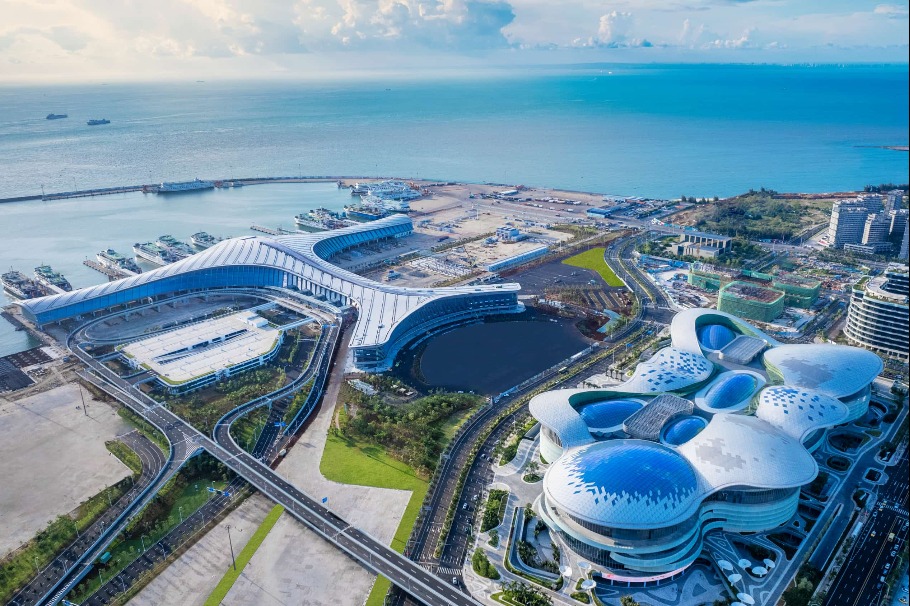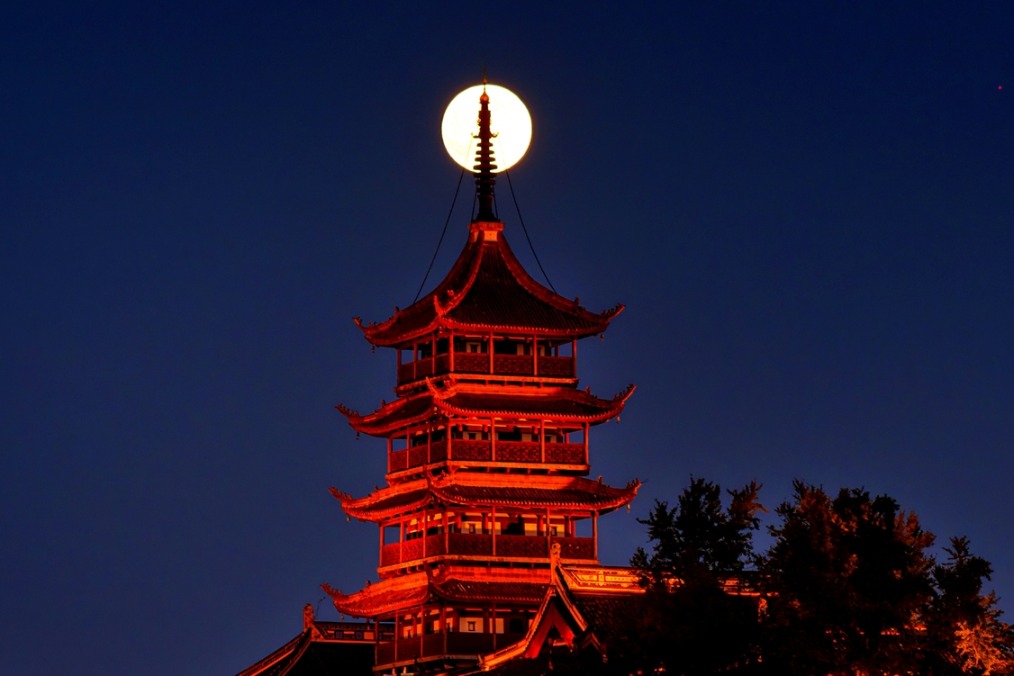Museum face-lift to offer new perspective of Great Wall


Long history
Among the projects scheduled for the museum upgrading, the most compelling is an exhibition of the Great Wall's history.
As a defense against nomadic groups in the northern region of ancient China, the wall was built by generations of Chinese dating to the Warring States Period, when the Qi state constructed walls made of hard-packed soil to defend its borders in what is now Shandong-province.
During the Qin Dynasty (221-206 BC), Qinshihuang, the first Chinese emperor, restored, connected and accelerated construction of large parts of the wall built during the Warring States Period. He also extended the border to the north to protect his territory.
In 141 BC, when Emperor Wu of the Han Dynasty (206 BC to AD 220) took power, he sent generals and troops to defend territory against the northern nomadic Xiongnu people. He also extended the Great Wall and built beacon towers on the structure.
In the following 1,000 years, emperors strengthened and improved the wall, mainly to ward off northern invaders. Parts of it were renovated as building techniques progressed.
During the Ming Dynasty (1368-1644), construction of the wall reached a peak, with stones, marble blocks and granite being used. Watchtowers and platforms were also built.
Dong Yaohui, deputy chairman of the China Great Wall Association, said, "Historically, the Great Wall prevented the number and scale of wars, forming a great defense against opposing armies.
"As civilization progressed, the wall had a reduced military function. It played a much bigger role in strengthening the connection between farmers and nomads.
"The Great Wall is a spiritual icon for Chinese people, but most of them are not familiar with its historical development and its connection with our nation. The wall deserves a well-considered plan to showcase these features."
Dong, 65, said experts from the Capital Museum in Beijing have started to research the main arrangements for exhibits at the renovated site, adding that he hopes the cultural value and spirit of the Great Wall can be better explained.
From May 1984 to September the following year, Dong walked for more than 6,000 km on the wall to inspect the structure. He found that only 513 km of the wall were well preserved and that many sections had experienced long-time erosion.
"I felt heartbroken at the time, and came to fully understand the reality of the damaged sections of the wall," he said.
Dong, who spent years compiling the book Chronicles of the Great Wall, called nearly 40 years ago for more members of his association to safeguard the structure.
























